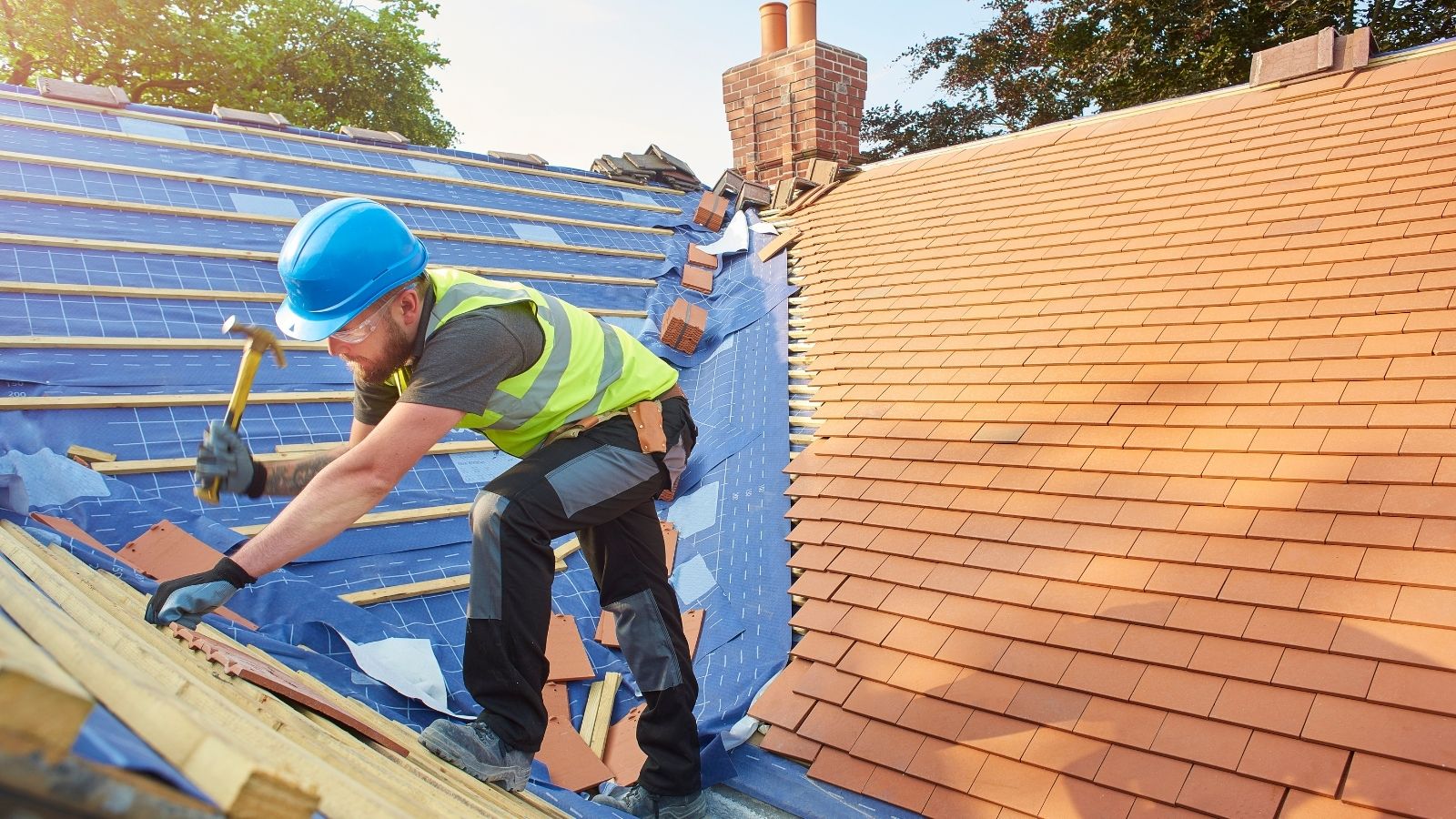Within the ever-evolving world of construction, roof coverings is experiencing remarkable innovations and advancements. Property owners today are presented with a multitude of choices when it comes to roofing products, every one offering unique benefits and enhanced performance. Armed with https://telegra.ph/Your-Roof-Lifespan-How-Long-Might-Can-One-Genuinely-Assume-The-Roof-to-Endure-03-11 , making decisions about roof installation can be simpler and more rewarding. From traditional asphalt shingles to state-of-the-art solar roofing, understanding the latest materials and techniques is essential for every homeowner wishing to invest in their property.
As you navigate through the options available, it becomes imperative to understand how to identify when it’s time for a new roof, how long various materials last, and the frequent issues that may occur. This piece will guide you through the different aspects of roofing systems, including do-it-yourself repairs versus contracting professionals, thorough examinations of roofing materials, and tips for extending the life of your roof. Furthermore, we will explore new eco-friendly choices that are reshaping the industry, ensuring you have the information needed to make wise decisions about one of the key components of your home.
Grasping The Right Time to Replace Your Roof
Recognizing the appropriate time to install a new your roof can save you from expensive maintenance in the future. There are various indicators that indicate it's the right time for a new roof. One of the key signs is the lifespan of the roofing material. For example, asphalt shingles generally last around twenty years, whereas metal roofs may last as long as half a century. If your roof is approaching the end of its anticipated duration, it’s important to assess its state and think about getting a new roof.
Another important factor to take into account is the presence of major damage or deterioration. Look for indicators such as cracked, curling, or missing shingles, as well as noticeable leaks or marks on your ceiling. These issues not only compromise the roof's integrity but can also lead to water damage in your home. Regular reviews can help identify these issues early on, but if they grow pervasive, it may be time to start organizing a roof replacement.
Finally, take into account the general look and functionality of your roof. If you notice an increase in energy expenses or a notable decrease in your home's comfort, it may be due to insufficient insulation or airflow in the roof system. Additionally, if your roof has extensive patches or repairs, it can be more feasible to install a new it completely rather than continually fixing problems. Being proactive about these signs will guarantee you maintain a safe and effective home.

Critical Aspects in Roof Setup and Renewal
In terms of roof work, selecting appropriate roofing materials is crucial. Homeowners must evaluate aspects including environment, durability, aesthetics, and expense. Each material offers different features; for instance, asphalt shingles are affordable and widely used, while metal roofs is known for its durability and energy efficiency. Comprehending the features of each material can assist in making an educated decision that suits both the home and the locale.
A further important aspect is the way installation is conducted. A thorough installation not only enhances the roof's durability but also provides optimal performance against various environmental factors. Homeowners should make sure that their chosen roofing contractor adheres to established industry standards for installation, including adequate layering, airflow, and adherence to local codes. This can stop common problems, such as leakages and insufficient insulation, which might occur from faulty installation.
Finally, regular maintenance and inspections play a significant role in extending the life of a roof. check that should stay vigilant for signs of wear and tear and tackle any issues promptly. Components such as routine cleaning, gutter upkeep, and timely repairs can considerably boost the overall health of the roof and lessen the need for early replacement. Establishing a dynamic upkeep plan is essential for safeguarding against high-cost repairs in the long run.
Investigating Innovative Roofing Components and Developments
The roofing industry is experiencing a notable evolution with the introduction of innovative materials aimed at boosting strength, effectiveness, and sustainability. One of the most striking developments is the growth of green roofing options. Green roofs, for example, feature flora, offering thermal protection and reducing electricity consumption. Additionally, materials such as upcycled shingles and solar tiles are increasing in demand, allowing homeowners to utilize eco-friendly sustainable practices while improving the visual beauty of their homes.
Another notable advance is the innovation in roofing techniques, particularly in energy efficiency. Metal roofs, known for its longevity, is now being manufactured with reflective coatings that help minimize heat capture, leading to reduced cooling costs during hot months. Furthermore, new synthetic materials resemble the style of traditional roofing types like wood shake or slate but provide better durability and reduced maintenance. This development appeals to homeowners seeking the traditional aesthetic without the downsides of standard substances.
Lastly, the adaptability of roofing designs is growing more clear, allowing for more customization according to regional climate and personal taste. Improvements include modular roofing designs that make installation simpler and more effective, as well as rooftop products designed for strength against extreme weather conditions. Homeowners can now pick from a broader range of substances and options that not only fit their visual preferences but also satisfy practical needs for climatic safety and durability, redefining the prospects of residential and commercial roofing.
